We often think of geometry as something confined to textbooks, filled with abstract shapes and complex proofs. But the truth is, geometry isn’t just a school subject; it’s the fundamental language of the universe, woven into the very fabric of our daily lives. From the humble coffee mug to the soaring architecture of skyscrapers, geometric principles are at play, often unnoticed. This article will explore the fascinating world of geometry as it manifests in the objects we encounter every day, revealing the hidden mathematical beauty that surrounds us.
The Building Blocks: Basic Geometric Shapes
Before diving into specific examples, let’s quickly review the basic geometric shapes. These are the foundational elements upon which much of our world is built.
- Points: The most basic element, representing a specific location.
- Lines: An infinitely long collection of points. We typically deal with line segments – a portion of a line with two endpoints.
- Planes: A flat, two-dimensional surface extending infinitely in all directions.
- Circles: A set of points equidistant from a central point.
- Triangles: A polygon with three sides. These come in various forms: equilateral (all sides equal), isosceles (two sides equal), scalene (no sides equal), right-angled (one angle is 90 degrees).
- Squares & Rectangles: Four-sided polygons with four right angles. Squares have all sides equal; rectangles have opposite sides equal.
- Cubes & Spheres: Three-dimensional counterparts to squares and circles, respectively.
These shapes aren’t just abstract concepts; they’re the building blocks of everything we see.
Geometry in the Home: A Room-by-Room Exploration
Let’s start with the most familiar environment: our homes. Geometry is everywhere, often dictating functionality and aesthetics.
The Kitchen
Consider the kitchen. Plates are typically circular, maximizing surface area while minimizing the perimeter (and therefore, the amount of material needed). Cups and mugs often employ cylindrical shapes, offering stability and efficient volume. Cabinets are usually rectangular prisms, providing optimal storage space. Even the arrangement of tiles on the floor often involves repeating geometric patterns – squares, rectangles, or even more complex tessellations. The triangular support structures often found under countertops exemplify the strength and stability that triangles provide.
The Living Room
In the living room, you’ll find rectangles dominating the landscape – the television screen, the coffee table, the rug. Sofas and chairs often incorporate rectangular and cylindrical shapes for comfort and support. Windows are frequently rectangular or square, allowing for efficient light transmission and structural integrity. Architectural details like crown molding often feature geometric patterns, adding visual interest. The layout of furniture itself can be analyzed geometrically – considering angles and distances to optimize flow and create a balanced aesthetic.
The Bedroom
The bedroom continues the trend. Beds are predominantly rectangular, offering a comfortable and efficient sleeping space. Dressers and nightstands typically employ rectangular prism shapes. Even something as simple as a lampshade utilizes geometric principles – often conical or cylindrical – to diffuse light effectively. The arrangement of the room, the placement of windows, and the overall proportions are all influenced by geometric considerations.
Beyond the Home: Geometry in the Wider World
Geometry doesn’t stop at the front door. It permeates the entire world around us.
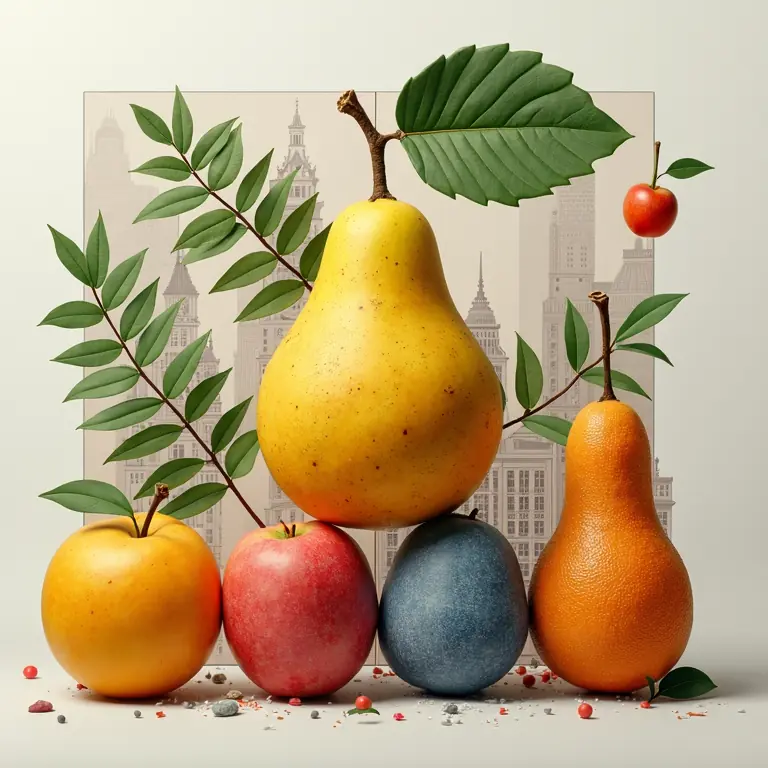
Architecture
Architecture is arguably the most visible application of geometry. From the pyramids of Egypt to the modern skyscrapers of today, geometric shapes and principles are fundamental to design and construction. Triangles provide structural stability in trusses and support beams. Arches, often semicircular or parabolic, distribute weight effectively, allowing for larger spans. The Golden Ratio (approximately 1.618), a mathematical proportion found throughout nature, is frequently employed in architectural design to create aesthetically pleasing and harmonious structures. Consider the Parthenon in Greece – a classic example of architectural geometry, employing precise proportions and symmetrical design.
Nature
Surprisingly, geometry is deeply embedded in the natural world. Honeycombs are constructed from hexagonal cells, a shape that maximizes space and minimizes material usage. The spiral arrangement of seeds in a sunflower follows the Fibonacci sequence, a mathematical series closely related to the Golden Ratio. Snowflakes exhibit hexagonal symmetry. Even the human body exhibits geometric proportions – the Golden Ratio can be observed in the arrangement of facial features and the proportions of limbs. The branching patterns of trees often follow fractal geometry, where similar patterns repeat at different scales.
Technology
Modern technology relies heavily on geometry. Computer graphics and video games are built upon geometric models and algorithms. The design of smartphones, tablets, and other electronic devices incorporates precise geometric shapes for functionality and aesthetics. GPS technology utilizes spherical geometry to calculate distances and positions on Earth. The lenses in cameras and telescopes rely on geometric optics to focus light and create images. Even the circuits inside electronic devices are etched onto silicon wafers using precise geometric patterns.
Delving Deeper: Specific Geometric Concepts
Let’s explore some specific geometric concepts and how they manifest in everyday objects.
Symmetry
Symmetry is a fundamental geometric concept that refers to a balanced and proportionate similarity found in two halves of an object. There are several types of symmetry:
- Reflection Symmetry: An object is symmetrical if it can be divided into two identical halves by a line (the line of symmetry). Think of a butterfly or a human face.
- Rotational Symmetry: An object has rotational symmetry if it looks the same after being rotated by a certain angle. A square has rotational symmetry of 90 degrees.
- Translational Symmetry: A pattern repeats itself in a straight line. Think of wallpaper or a picket fence.
Symmetry is prevalent in art, architecture, and nature, often contributing to aesthetic appeal and structural stability.
Area and Volume
Understanding area and volume is crucial for practical applications. Calculating the area of a room helps determine how much carpet is needed. Calculating the volume of a container helps determine how much liquid it can hold. These calculations rely on geometric formulas based on the shapes involved – rectangles, circles, cylinders, etc.

Angles
Angles are formed by the intersection of two lines or rays. They are measured in degrees. Angles are essential in construction, engineering, and navigation. The angle of a roof slope affects its ability to shed water. The angle of a ramp affects its accessibility. The angle between two roads affects traffic flow.
Tessellations
A tessellation is a pattern of shapes that fit together without any gaps or overlaps. Think of a tiled floor or a honeycomb. Certain shapes, like squares, rectangles, and triangles, tessellate easily. Escher’s famous tessellations demonstrate the artistic possibilities of this geometric concept.
The Power of Perspective
Perspective, a key concept in art and visual perception, is rooted in geometry. Linear perspective uses vanishing points and converging lines to create the illusion of depth on a flat surface. This technique allows artists to depict three-dimensional objects in a realistic manner. The principles of perspective are also used in computer graphics to create realistic 3D environments.
Geometry and Art: A Harmonious Relationship
Throughout history, artists have consciously and unconsciously employed geometric principles in their work. The Renaissance artists, like Leonardo da Vinci, were deeply fascinated by geometry and used it to create harmonious and balanced compositions. Geometric patterns are found in Islamic art, often reflecting a deep spiritual significance. Modern art movements, like Cubism, explicitly explored geometric fragmentation and abstraction. The Golden Ratio, as mentioned earlier, has been used by artists for centuries to create aesthetically pleasing proportions. For more on artistic mysteries, check out historical hoaxes – sometimes, geometry is used to *create* illusions!
Beyond Euclidean Geometry
While we’ve focused primarily on Euclidean geometry (the geometry we typically learn in school), it’s important to note that other geometries exist. Non-Euclidean geometries, such as spherical geometry and hyperbolic geometry, challenge our intuitive notions of space and shape. These geometries have applications in fields like cosmology and general relativity. Thinking about the vastness of space might lead you to ponder celestial oddities and the geometry of the universe itself.
Geometry in Culture and Beliefs
Geometric shapes and patterns often carry symbolic meaning in different cultures. Circles can represent wholeness and eternity. Triangles can symbolize strength and stability. Squares can represent order and structure. These symbolic associations are reflected in art, architecture, and religious beliefs. For example, the symbolism of animals often has geometric roots, as explored in animal superstitions.
The Unexpected Geometry of Food
Even the food we eat exhibits geometric principles. The spiral arrangement of florets in broccoli, the spherical shape of oranges, the cylindrical shape of carrots – all reflect underlying geometric patterns. The art of cooking itself involves geometric considerations, such as cutting vegetables into precise shapes for even cooking. You might be surprised by the origins of common foods, many of which have been cultivated to optimize geometric characteristics.
Lost in Translation: Geometry and Ancient Languages
The structure of ancient writing systems, from hieroglyphs to cuneiform, often displays geometric arrangements. The shapes of the characters, the way they are organized on the page, and the overall layout reflect a conscious geometric design. Studying these patterns can provide insights into the cultural and cognitive processes of ancient civilizations. The complexities of lost languages often reveal hidden geometric structures.
Here’s a helpful introductory video on geometry:
Conclusion
Geometry is far more than just a mathematical discipline; it’s a fundamental aspect of our reality. By recognizing the geometric principles that underlie the objects we encounter every day, we gain a deeper appreciation for the beauty, order, and interconnectedness of the world around us. So, the next time you pick up a coffee mug, admire a building, or gaze at a sunflower, remember the hidden geometry that makes it all possible. It’s a language spoken by the universe, and once you learn to recognize it, you’ll see the world in a whole new light.


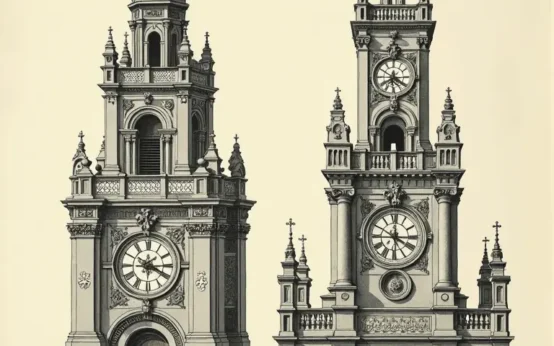 The Curious Calculus of Clock Towers: Time, Geometry, and Civic Pride
The Curious Calculus of Clock Towers: Time, Geometry, and Civic Pride 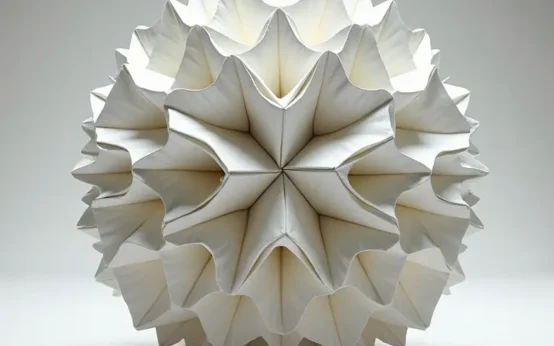 The Surprisingly Consistent Geometry of Traditional Origami: Beyond Folds, A History of Mathematical Precision
The Surprisingly Consistent Geometry of Traditional Origami: Beyond Folds, A History of Mathematical Precision 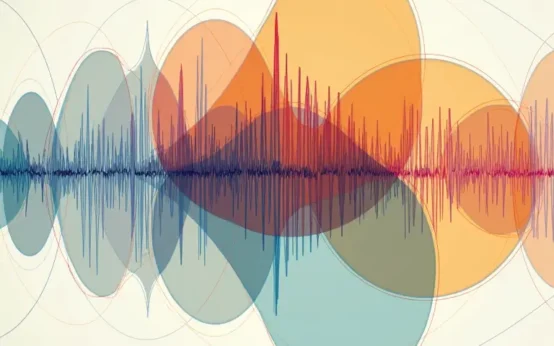 The Unexpectedly Consistent Math Behind Musical Instrument Tuning: Harmonics, Ratios & Perfect Pitch
The Unexpectedly Consistent Math Behind Musical Instrument Tuning: Harmonics, Ratios & Perfect Pitch  The Surprisingly Consistent Geometry of Bird Nests – Nature’s Architectural Blueprints
The Surprisingly Consistent Geometry of Bird Nests – Nature’s Architectural Blueprints 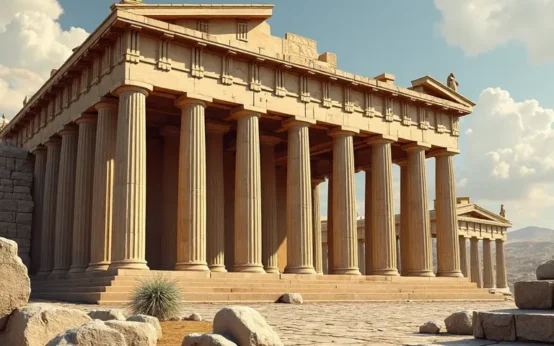 The Curious Math Behind Ancient Building Proportions – Harmony in Stone & Structure
The Curious Math Behind Ancient Building Proportions – Harmony in Stone & Structure  The Surprisingly Consistent Geometry of Spiderwebs: Nature’s Engineering Marvel
The Surprisingly Consistent Geometry of Spiderwebs: Nature’s Engineering Marvel